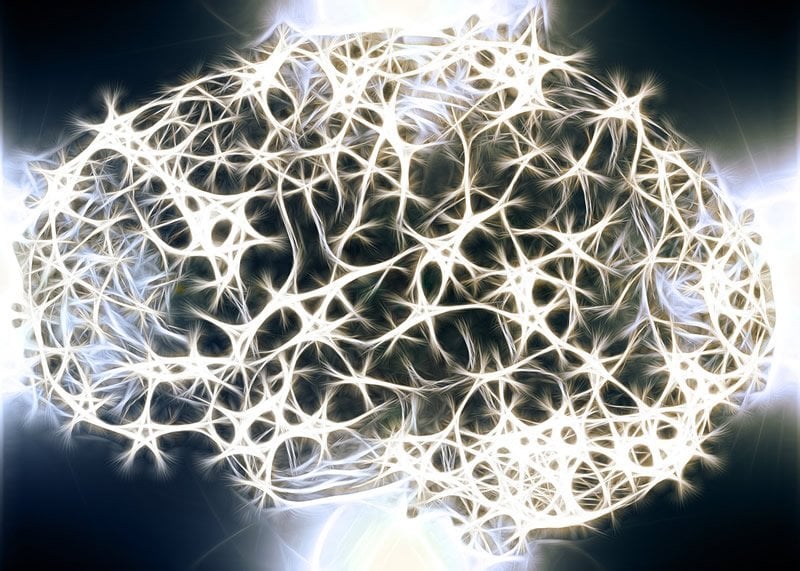Summary: Genetically preventing apoptosis during brain growth allows ‘zombie’ cells to develop into functioning neurons.
Source: Francis Crick Institute
Preventing the death of neurons during brain growth means these ‘zombie’ cells can develop into functioning neurons, according to research in fruit flies from the Crick, the University of Lausanne (UNIL) and the Max Planck Institute for Chemical Ecology.
During brain development, a large number of neurons destroy themselves as part of an essential regulatory mechanism that removes excess cells. In certain areas of the human brain, this cellular “suicide”, which is called apoptosis, affects about 50% of neurons.
This research, published in Science Advances and conducted in fruit flies (Drosophila melanogaster), found that by stopping the death of these cells they later developed new networks of neurons, with roles and properties that are not identical to those of existing neurons.
The researchers genetically inhibited the last stage of apoptosis in neurons of the fly olfactory system. They found that the rescued ‘zombie’ cells, which would have otherwise been destroyed, developed into functioning olfactory neurons that were able to detect smells. However, the ‘zombie’ neurons expressed different olfactory receptors than their standard counterparts. For example, some of the ‘zombie’ neurons found in an olfactory organ called the maxillary palp, had receptors to detect carbon dioxide, a cue used by insects to sense the presence of animals and humans, as these exhale carbon dioxide when breathing. These extra neurons gave the flies similar characteristics to mosquitos (Anopheles gambiae), which, unlike flies, also have carbon dioxide-sensing olfactory neurons in their maxillary palps. The two species have a common ancestor that lived around 250 million years ago.

“When the neurons that normally die were protected from apoptosis they developed into ‘zombie’ neurons that have similar characteristics as certain neurons in mosquitos. Apoptosis therefore is one factor responsible for how mosquitos and fruit flies have adapted over time to their different environments,” says Lucia Prieto-Godino, co-first author and group leader of the Crick’s Neural Circuits and Evolution Laboratory.
“From an evolutionary point of view, our results suggest that changes in patterns of cell death in the nervous system could allow a species to adapt to new pressures from its environment, by enabling the evolution of new populations of neurons with novel structural and functional properties,” said Richard Benton, senior author and group leader at the Center for Integrative Genomics at UNIL.
While the researchers did not study in detail the behaviour of flies with more olfactory neurons, this increase theoretically allows them to perceive odours with higher sensitivity. This could play a role in helping them to detect a partner, food or danger and thus represent an advantage compared to other individuals.
Source:
Francis Crick Institute
Media Contacts:
Alice Deeley – Francis Crick Institute
Image Source:
The image is in the public domain.
Original Research: Open access
“Functional integration of “undead” neurons in the olfactory system”. Lucia Prieto-Godino et al.
Science Advances doi:10.1126/sciadv.aaz7238.
Abstract
Time of Day Differences in Neural Reward Responsiveness in Children
Programmed cell death (PCD) is widespread during neurodevelopment, eliminating the surpluses of neuronal production. Using the Drosophila olfactory system, we examined the potential of cells fated to die to contribute to circuit evolution. Inhibition of PCD is sufficient to generate new cells that express neural markers and exhibit odor-evoked activity. These “undead” neurons express a subset of olfactory receptors that is enriched for relatively recent receptor duplicates and includes some normally found in different chemosensory organs and life stages. Moreover, undead neuron axons integrate into the olfactory circuitry in the brain, forming novel receptor/glomerular couplings. Comparison of homologous olfactory lineages across drosophilids reveals natural examples of fate change from death to a functional neuron. Last, we provide evidence that PCD contributes to evolutionary differences in carbon dioxide–sensing circuit formation in Drosophila and mosquitoes. These results reveal the remarkable potential of alterations in PCD patterning to evolve new neural pathways.






